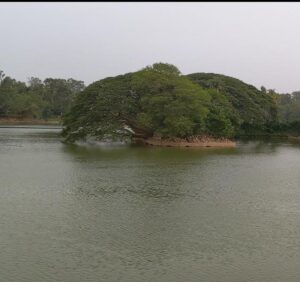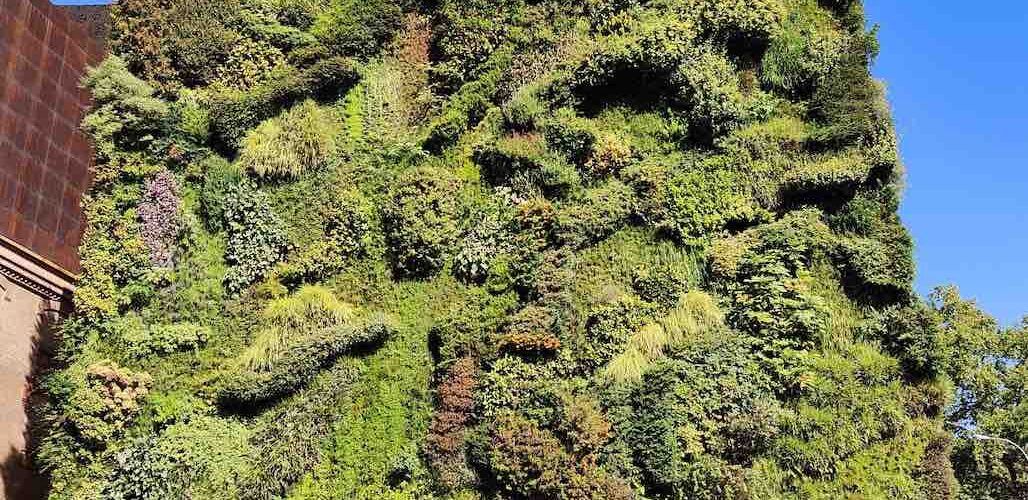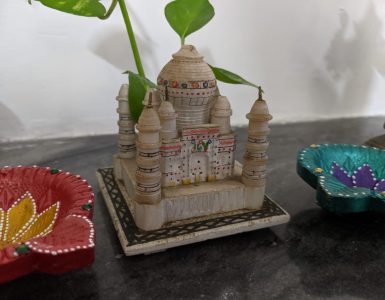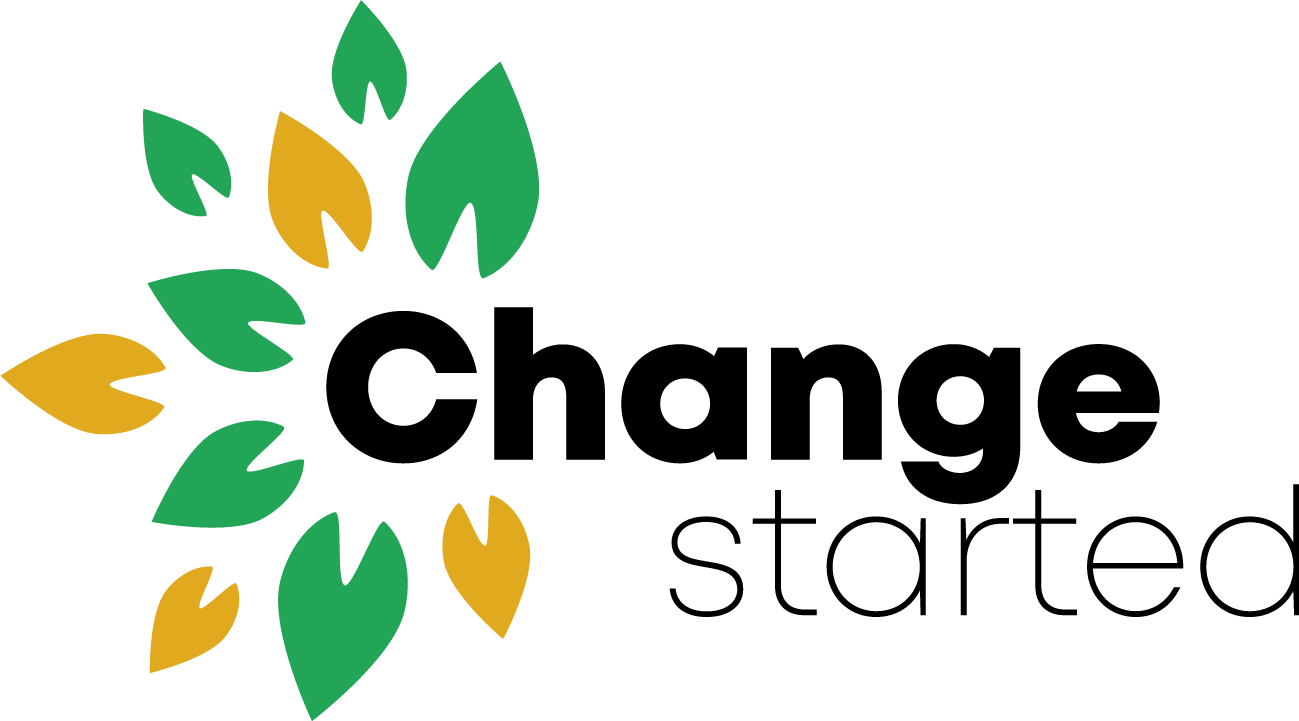As temperatures rise due to climate change, exacerbates its impact on cities and urban environments making them warmer than their rural counterparts. This phenomenon is known as the Urban Heat Island (UHI) effect where urban areas experience higher temperatures than their rural surroundings.
This temperature difference leads to increased demand for cooling, particularly through air conditioning thereby putting more stress on energy consumption and burning fossil fuels.
The higher temperatures in urban areas have multiple impacts including several health risks like heat exhaustion, heat strokes, and dehydration.
Economic development in India in the last few decades is leading to rapid urbanization where many people from rural areas have moved to cities for better jobs and economic prosperity. In addition, many small cities in India have graduated to large urban centres, thereby creating multiple areas under the urban heat island effect.

In 2022, the American space agency NASA observed higher incidences of heat islands in urban parts of India’s capital Delhi.
One of the solutions that can help cities reduce the negative impacts of Urban Heat Island and improve the overall quality of life for their residents is urban greening, which includes planting trees and incorporating green spaces.
Green spaces provide natural cooling through a variety of processes thereby mitigating the UHI effect. They help lower temperatures in urban environments and improve overall environmental quality.
In India, urban planning and development are the functions of urban local bodies and urban development authorities at the state level. The Government of India through its Ministry of Housing & Urban Affairs (MoHUA), supplements the efforts of the states through schematic intervention advisories.
As per the information provided by the MoHUA, to combat the Urban heat island effect, under Atal Mission for Rejuvenation and Urban Transformation (AMRUT) 2,429 park projects worth Rs. 5,044.28 crores adding 5,044-acre of green spaces have been developed.
The AMRUT 2.0 scheme, launched in October 2021 for 5 years (FY 2021-22 to FY 2025-26) has so far, approved 1,729 Park projects worth Rs. 1,027.62 crore and 3,078 water body rejuvenation projects worth Rs. 6,159.29 crores.
In 2016, MoHUA issued the addendum to Model Building Bye-Laws (MBBL) on the India “Cooling Action Plan” as an advisory to the State to promote white roof coating, and the use of natural ventilation, including landscape and vegetation in residential areas.
Further, Urban Green Guidelines, 2014 have been released by MoHUA as a guidance document to the states. The Urban Greening Guidelines are the result of blatant and random concretization of pavements in Indian cities.
These guidelines noted that from a global perspective, although there are wide variations both in coverage as well as per capita availability of green spaces, cities in the world known for their urban green spaces often have 20% to 40% coverage of the total geographical area and 25 sqm to 100 sqm urban green spaces per capita. In contrast, most Indian cities lag far behind in quality as well as quantity of urban open spaces than their counterparts in Australia, Europe and North America.
The Climate Smart Cities Assessment Framework (CSCAF) launched by MoHUA in 2019 provides a comprehensive assessment of an Indian city’s preparedness and response to climate change, focusing on aspects such as energy efficiency, water management, waste management, green cover, and climate adaptation strategies.
As per Cities Readiness Report 3.0 based on CSCAF assessment data, 85 cities in India are meeting the prescribed URDPFI norm of more than 12 per cent green cover within their municipal boundaries and 76 cities have allocated a budget for rejuvenation and conservation of water bodies and open areas.
Urban and Regional Development Plans Formulation and Implementation (URDPFI) Guidelines issued by MoHUA through Chapter 5 – Urban Planning Approach, advocates the promotion of Compact and Green city approach to release more land for open spaces and green spaces, thereby reducing the creation of urban heat islands.
Apart from mitigating the urban heat island effect, green spaces like parks and gardens add recreational spaces to play, rest, exercise, meditate and enjoy. These spaces contribute to the quality of life of the people of a city by improving air quality and the health of the residents, among other benefits.
Watch this video on the Change Started YouTube channel, which enumerates the reasons that make city parks and urban forests important aspects of urban ecology.
Want to know the benefits of exercising outdoors? Read here.






Add comment